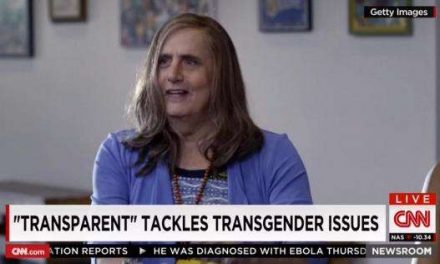CFP: Continuity and Change in Media Representation
The Velvet Light Trap, Issue 96 (to be published Fall 2025)
Special Issue Theme
Representation matters has become a popular idiom conveying the transformative power of media representation to reframe cultural narratives and material conditions, often for historically underrepresented groups. The phrase denotes how on-screen and behind-the-scenes decisions symbolically reflect one’s social and cultural values. Representation’s ideological weight is further constituted by a text’s circulation, including (but not limited to) media advocacy groups, fan and audience communities, and throughout both niche and mainstream production cultures. However, the idealized potential behind the simple phrase can belie its complexity.
Aiming to deepen analysis beyond the axiom “representation matters,” we invite scholars to reflect on the complexity of how exactly representation still matters? We seek submissions that deepen understandings of how “representation mattering” has grown as a commodity and ideological value, in contemporary and historical texts, and across a wide array of media and production cultures (such as in film, television, sports media, music, video games, animation, new media, etc.). Essentially, how should scholars revisit or reengage with the power of media representation as a transformative cultural and social force?
For example, how has discourse about media representation emerged as a possible brand employed by media productions, stars, or corporate entities? Does representation matter the same way across different production cultures, mediums, genres, or audiences? What historical precedents enhance, complicate, or inform the weight of representation in our present media landscape? How have calls for increased (and more personalized) media representations contextualized cultural understandings of authenticity, in both affirming and/or limiting ways?
We invite submissions that engage with the complexity of identity, presence, and resonance in media and cultural production. While expansive, we welcome scholarship interrogating how, and if, representation still matters from a multitude of perspectives, especially considering representation’s discursive and ontological position within contemporary industry practices, popular culture, and media studies itself. In sum, how can (or should) representation continue to be a productive frame through which media scholars offer insightful and timely social and cultural interventions?
Potential Topics for Themed Submissions:
- Methods for researching representational shifts and continuities (close readings, reception studies, archival methods, platform and digital methods, etc.)
- How increased attention to media representation has grown as a cultural, economic, and political value
- How have representative changes within transmedia properties, franchises, adaptations, or remakes been received and/or initiated by shifting media industry logics
- How have fans and audiences resisted, advocated for, and responded to media representation shifts, discourses, or ideologies
- How production company policies, branding logics, and corporate diversity, equity, and inclusion initiatives influence genres, production cultures, and on-screen representations
- Shifts and continuities in casting practices, including contemporary reexaminations of previous production culture standards or norms
- Critical perspectives on misrepresentations, queering, and analysis beyond “positive” or “negative” representation binaries
- Production histories, archival, and historiographic analysis of representation discourses and debates, frictions or flows
- How, and to what extent, has increased attention to media representation changed how stereotypes or archetypes function in texts and production cultures
- How time, place, region, and other geo-temporal sites are represented in media (including depictions of the past, future, or atemporal locations)
- How media circulation practices and paratexts influence the production and reception of media representations
Open Call
In addition to accepting submissions that relate to the above theme, The Velvet Light Trap welcomes general submissions broadly related to the journal’s focus on critical, theoretical, and historical approaches to film and media studies. We aim to create space for scholarship that enhances the journal’s overall mission and work by continuing the research conversations to which our themed issues have contributed. We hope that scholars inspired by the work published in our themed issues, past and present, will especially consider submitting their work. Even as our themes will continue to change each issue, we want to sustain ongoing investment in and investigation of the questions each issue of The Velvet Light Trap poses.
Submission Guidelines
Submissions should be between 6,000 and 7,500 words, formatted in Chicago Style. Please submit an electronic copy of the paper, along with a separate 300-word abstract, both saved as Microsoft Word files. While images are not required for submissions, if your submission includes images, please ensure that they are high resolution and included as an image file separate from your Word files. Remove any identifying information so that the submission is suitable for anonymous review. Quotations not in English should be accompanied by translations. Send electronic manuscripts and/or any questions to thevelvetlighttrap@gmail.com by October 18th, 2024.
Further details: https://utpress.utexas.edu/journals/the-velvet-light-trap/





